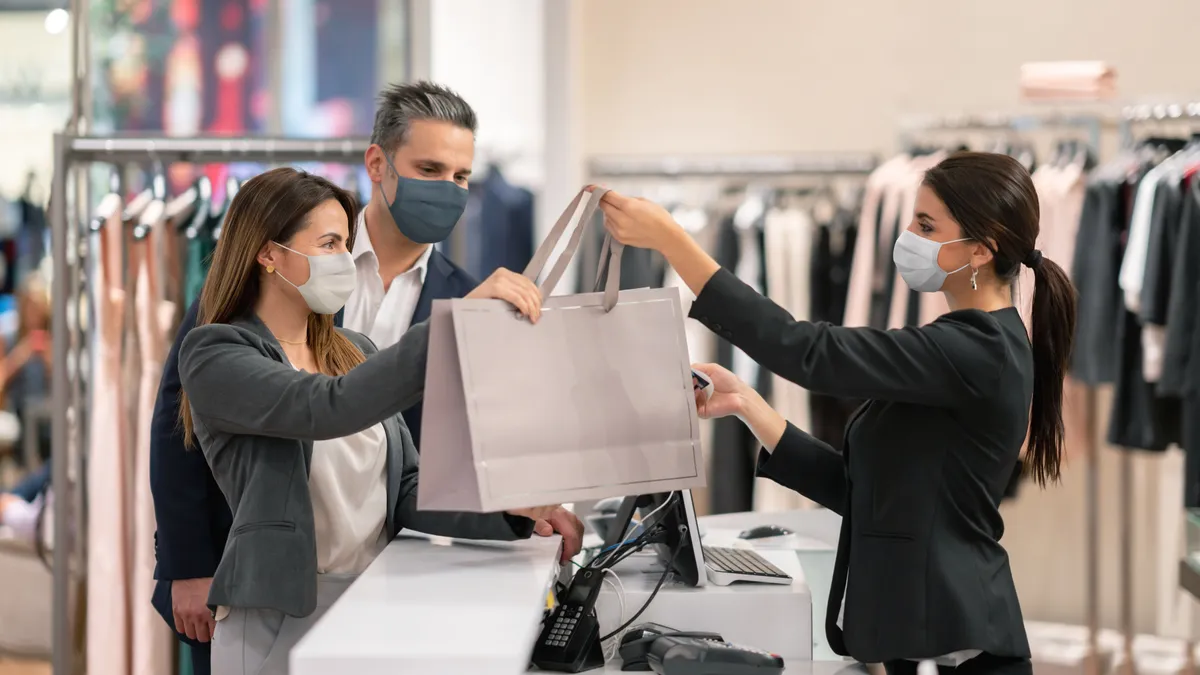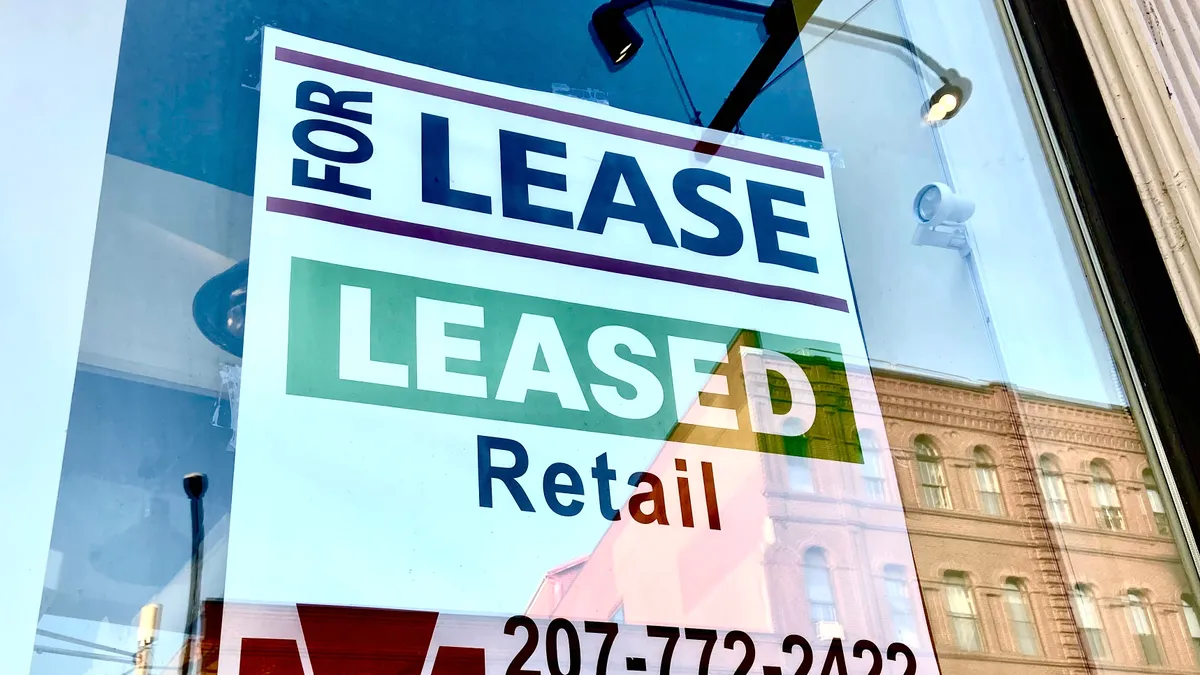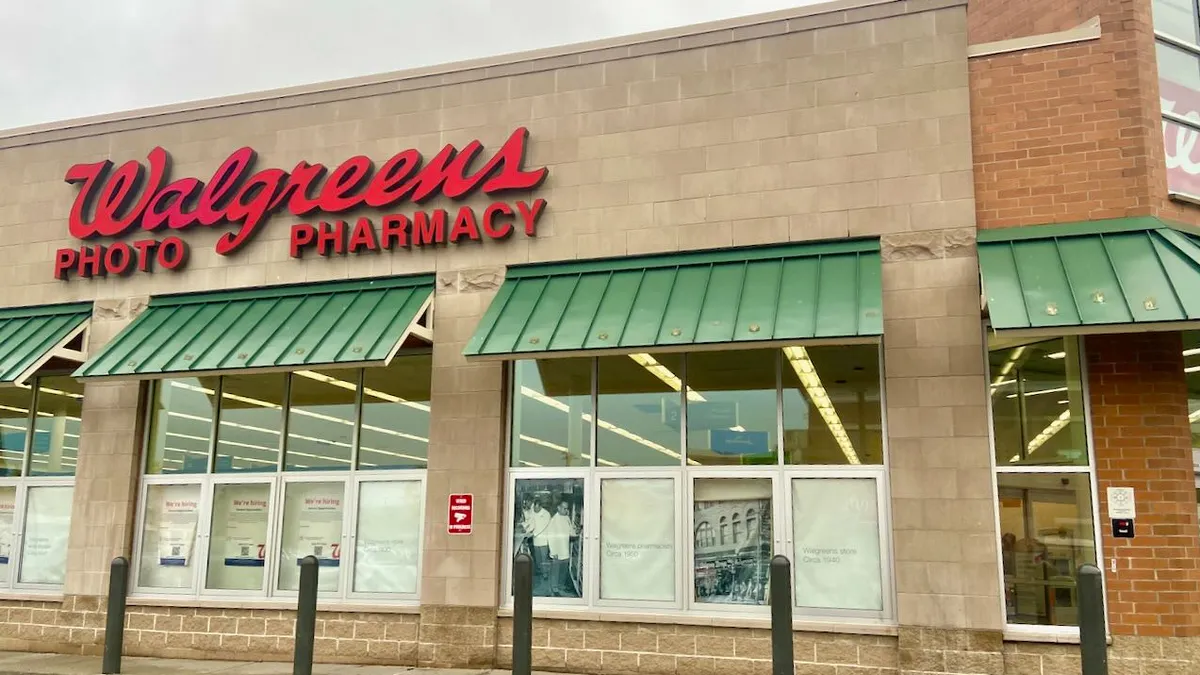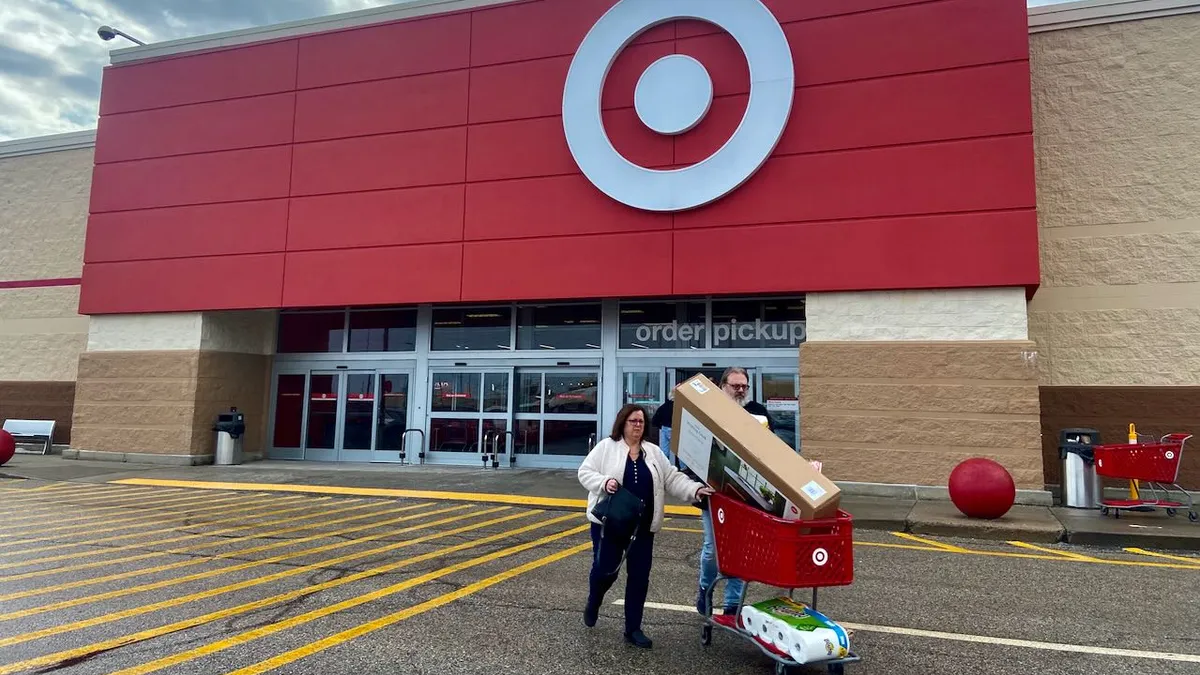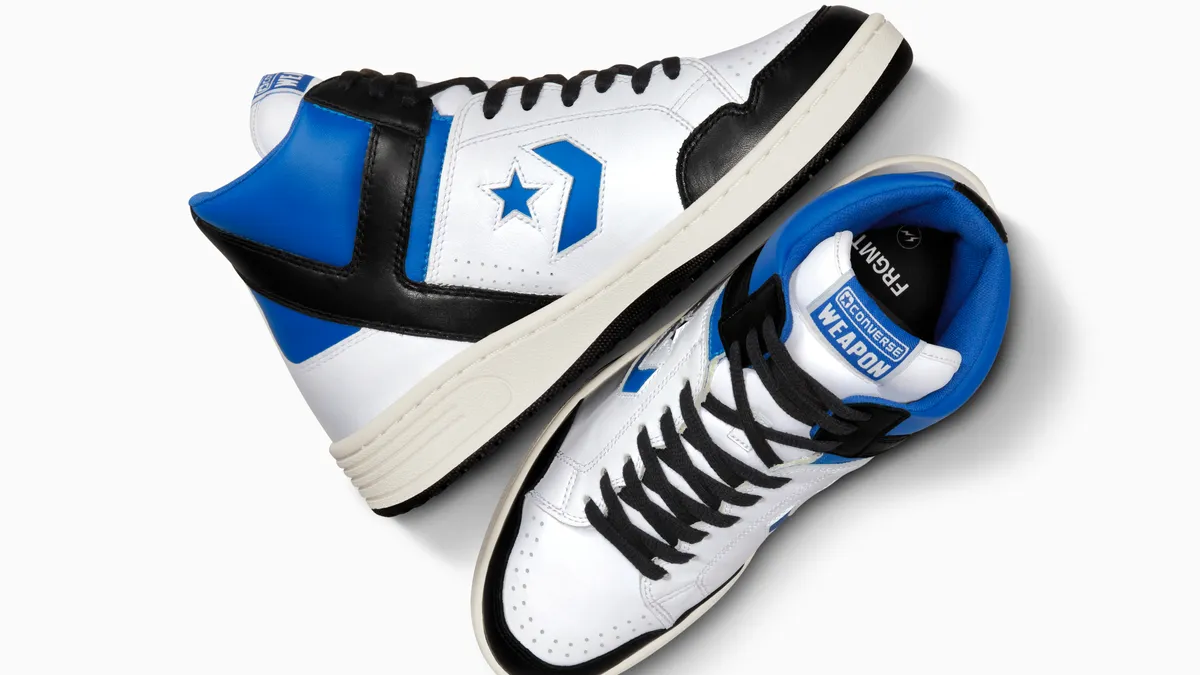Last year was a challenge like no other for the retail industry. COVID-19 upended people's existence worldwide, threatening human life and undermining the global economy. Job and wage losses took a toll. Even those able to stay healthy and financially secure have faced disruptions to daily life, upsetting work, school and other routines.
All of this has had implications for retailers. Specialized retailers and department stores were forced to close for months while grocers and mass merchants were allowed to stay open as essential businesses. But for all of them, supply and demand were undependable last year. Meanwhile, nervous consumers have expected stores to be clean and safe or to offer e-commerce and pickup services even if they hadn't before.
Thankfully, in the U.S., the federal government came through a number of times, pumping trillions of dollars into the economy, much of it directly into consumers' pockets. Now, consumer confidence is on the rebound, well up in recent months, reaching a high in April not seen since February 2020, according to The Conference Board.
Several challenges remain, however, and they're not minor.
That starts with the fact that, while there are signs it's easing in the U.S. thanks mostly to the distribution of vaccines, the pandemic isn't over. Further, the consumer remains under pressure. Despite improvement, the employment picture is cloudy, with millions of Americans still out of work, according to the ADP Research Institute, and hiring unexpectedly weak in April, according to the U.S. Labor Department. The pre-pandemic wealth gap and middle class fragility haven't eased, while pandemic-era anxiety around health and money lingers. Finally, to the extent the pandemic does recede, there is fresh competition for shoppers' dollars from services, with Morgan Stanley research finding that more than 30% of consumers have plans to spend more on travel and leisure.
Nevertheless, there are five strong indicators that retail will be okay.
1. Retail sales have risen through most of the pandemic
Except for March and April last year, when, for most of those weeks, retailers selling discretionary goods were shut in an effort to stem the spread of the coronavirus, retail sales in 2020, as tracked by Retail Dive, rose each month compared to 2019. In 2021, they have fairly soared year over year (as tracked by Retail Dive), even in the early months that are mostly unaffected by pandemic-related comparisons — 13% in January, 7.8% in February and 28.5% in March. That blockbuster result last month reflects the bounce from the lows a year ago when stores were closed, and what many economists are daring to call an emerging recovery for retail.
"Consumer spending in March 2021 has recovered to or exceeded spending in February 2020 — prior to the onset of the pandemic and related containment measures — in all categories except food and drink establishments," Cailin Birch, global economist at The Economist Intelligence Unit, said in a statement. "We continue to expect restaurants and bars, and other entertainment and hospitality venues, to be the slowest retail businesses to recover from the crisis. Overall, however, the March data highlighted the strength of the consumer recovery in the U.S."
The bodes well for the rest of year, provided that the pandemic truly recedes.
2. It may be a new day for clothing sales
All kinds of apparel retailers — department stores, specialty mall stores, off-price stores — watched sales plummet during the pandemic.
With employees and their children stuck at home, both for work and play, there wasn't much need for a wardrobe. Retailers scrambled to offer comfy garments and shoes and outdoor gear, the only segments that seemed to have much appeal. Clothing and accessories sales plunged nearly 90% a year ago in May.
That appears to be changing in a big way. Wells Fargo analysts recently found store traffic up, inventory lean and margins expanding.
"I have to tell you, sales are so robust, we're trending so well," Shawn Grain Carter, professor of fashion business management at Fashion Institute of Technology, said by phone. "Now of course comps against a pandemic is like a joke. However, we're accelerating and it's only going to get stronger because people have such pent-up demand. I had said around December, the consumer is two-thirds of the GDP, and if you think that they're not ready to spend money... They are, and it's not just stimulus checks — people are just tired of being home."
3. More stores are opening than closing
Last year was rough on brick-and-mortar retail, with record numbers of store closures and a lot of bankruptcies. In some cases that took down whole fleets, as with iconic department store Lord & Taylor.
Things are looking up this year, however, with store openings now outpacing closings, according to Coresight Research. All told, U.S. retailers had plans for 3,344 new stores as of March this year, by Coresight's count, up 39.5% compared to the same point last year and above the 2,649 that Coresight says will close. That's a new trend; in recent years, closures have far surpassed openings.
The expansion reflects the financial pressure felt by the U.S. consumer, considering that these openings are dominated by discounters like Dollar General, which has plans for 1,000 new locations this year, along with Dollar Tree, Family Dollar, Five Below, Big Lots and Burlington.
4. The industry's recovery is broad-based
Moody's Investors Service recently upgraded its outlook for the retail industry thanks to what is looking like a strong economy in the U.S. and the effect of expanding vaccines, both of which will help get consumers out and spending.
Those analysts now expect retailers' operating profit in the aggregate to grow a "robust" 10% to 12% this year.
While 2021 remains a year of unknowns, at least so far, National Retail Federation Chief Economist Jack Kleinhenz similarly noted the boost that vaccines and a stronger economy are giving the consumer.
"While there is a great deal of uncertainty about how fast and far this economy will grow in 2021, surveys show an increase in individuals being vaccinated, more willingness to receive a vaccination, increased spending intentions and comfort with resuming pre-pandemic behaviors like shopping, travel and family gatherings," Kleinhenz said in a statement. "This feel-better situation will likely translate into higher levels of household spending, especially around upcoming holidays like the Fourth of July and spending associated with back-to-work and back-to-school."
5. Retailers have evolved
Most businesses and consumers are eager to get back to normal. But many retailers stand to benefit longer term from changes forced by the pandemic. Many landlords, for example, are now open to more favorable lease terms, and in some areas rents are falling.
Many shifts that retailers made themselves also hold promise beyond the pandemic. Well-managed inventory, for example, has led to fewer markdowns and wider margins; that story at Victoria's Secret may have actually arrested that brand's free-fall.
While it's not great news for the mall, several retailers have taken the opportunity to retool their footprints, with retailers as diverse as Gap and Macy's heading instead to less expensive strip centers that attract more shoppers. Many are also rethinking flagships, moving toward neighborhood-based concepts with the potential of creating more meaningful connections to customers and their communities. Neighborhood shopping areas in general have emerged as optimal locations for stores.
More retailers, even smaller, local businesses, found ways to sell online and fulfill orders via delivery or pickup, investments that will likely pay off even after the pandemic is over.
"The ripple effects of the pandemic will be felt for some time and serve as a powerful illustration of the need for consumer-facing companies to be agile, resilient, and responsive to change," Oliver Wright, senior managing director and head of Accenture's global consumer goods industry group, said in a statement. "Born out of disaster and necessity comes opportunity; the pandemic has sparked a new wave of innovation."



